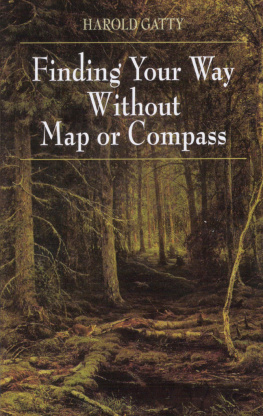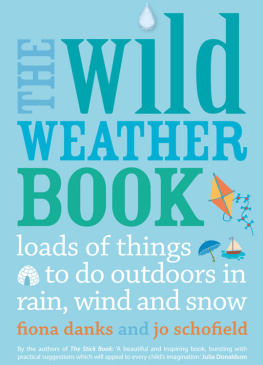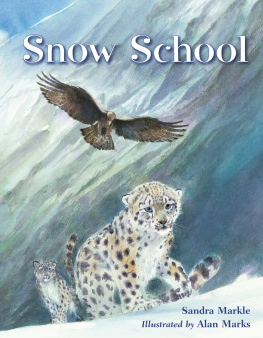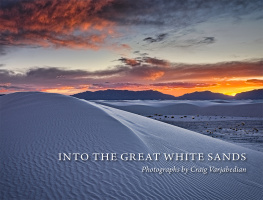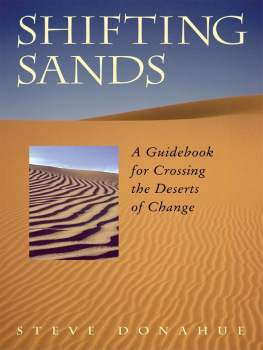PLATE I

Color of a lagoon reflected from cloud, indicating an atoll beyond the horizon.

Fixed clouds around peaks with moving clouds passing by them, indicating land beyond the horizon.
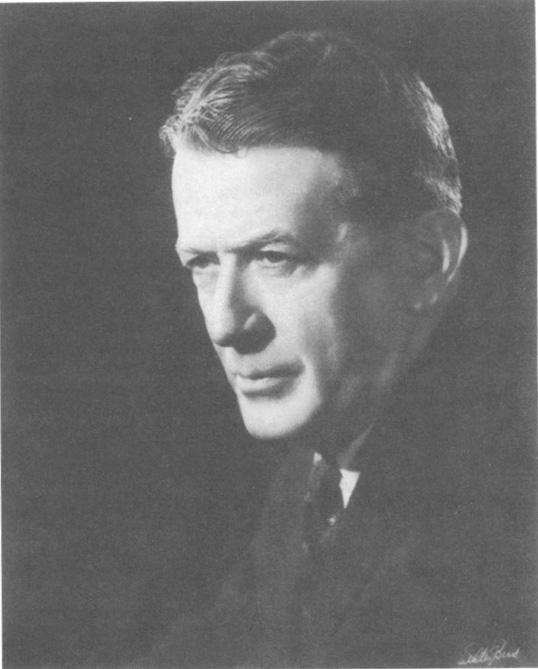
HAROLD GATTY
(Walter Bird photo)
Finding Your Way
Without
Map or Compass
Harold Gatty
Foreword by
Lt. Gen. James H. Doolittle
DOVER PUBLICATIONS, INC.
Mineola, New York
Copyright
Copyright the Executors of the Estate of Harold Gatty and A. Fenna Gatty, 1958.
Copyright 1983 by Alan J. Gatty.
All rights reserved.
Bibliographical Note
This Dover edition, first published in 1999, is an unabridged reprint of Nature Is Your Guide: How to Find Your Way on Land and Sea by Observing Nature, originally published in 1958 by William Collins Sons & Co in the United Kingdom and E. P. Dutton & Co. in the United States. In this Dover edition the two color plates have been moved to the inside front and back covers.
Library of Congress Cataloging-in-Publication Data
Gatty, Harold, 1903-1957
Finding your way without map or compass / Harold Gatty ; foreword by James H. Doolittle.
p. cm.
Originally published: Nature is your guide. 1st ed. New York : Dutton 1958.
Includes index.
ISBN-13: 978-0-486-40613-8
ISBN-10: 0-486-40613-X
1. Orientation. 2. Wilderness survival. 3. Navigation. I. Gatty, Harold, 1903-1957. Nature is your guide. II. Title.
GV200.5.G38 1999
796.58dc21
9855117
CIP
Manufactured in the United States by Courier Corporation
40613X09
www.doverpublications.com
Acknowledgments
I WISH to extend my grateful thanks to Dr. Robert Cushman Murphy, eminent ornithologist and leading authority on oceanic birds, whose advice and assistance in the chapter on the habits of sea birds have been most valuable; and also to James Fisher, the distinguished English naturalist, for his valuable editorial assistance in this chapter and elsewhere in the book, and for contributing a number of original facts, useful criticism and suggestions. I owe much also to my wife, without whose aid in the translating of research materials from other languages, and in the testing of methods and theories of pathfinding in the field in various parts of the world, this book would not have been possible. For all her help and encouragement over the years I am deeply grateful.
HAROLD GATTY
Illustrations
Harold Gatty
COLOR PLATES
MONOCHROME PLATES
LINE DRAWINGS, DIAGRAMS AND MAPS
Sea bird plates by Francis Lee Jaques
Color plates and drawing on by Robert Graves
Other line drawings by Douglas Woodall
Foreword
LIEUTENANT GENERAL J. H. DOOLITTLE
U. S. AIR FORCE, RESERVE
FUTURE GENERATIONS will have reason to be grateful that Harold Gatty, during the latter years of his life, recorded with painstaking care his immense and unique fund of knowledge in the realm of pathfinding by natural methods on sea and land. Even in these days of highly advanced technical aids, situations can arise when it is vital for us to be able to find our way by observing the signs of nature. In this field Harold Gatty was uniquely qualified. During World War II, The Raft Book, his first work on the subject, was standard equipment in U. S. Army Air Force life rafts. Written to help men who were adrift at sea, it proved of great value. In Nature Is Your Guide, Harold Gatty has vastly expanded his treatment of the topic. The present book covers much of the marine material in the earlier work, and also deals with pathfinding on landin the wilderness, in the desert, in snow-covered areas, and under other conditions, in most parts of the world. Drawing on years of study and observation, the author has provided illuminating accounts of the methods by which early explorers and primitive peoples found their way on their long journeys by observing nature. In fascinating detail, he records ways in which we also can profit from their methods simply through greater knowledge and observation of such phenomena as birds, animal life, weather, vegetation, the shifting of sands and patterns of snow fields and of course the position of the sun, moon and stars.
Harold Gatty was born at Campbelltown, Tasmania, January 5, 1903, and educated at the Royal Australian Naval College. Thereafter he served for several years as a ships officer in the merchant marine, and undertook special research in air navigation. My own friendship with him started in 1931 when he won worldwide fame as an air navigator through his record-breaking eight-day flight around the world with Wiley Post in the Winnie Mae. For this achievement, our country, by special Act of Congress, awarded him the Distinguished Flying Cross.
That same year, the U. S. Army Air Corps embarked on its first specialized courses in air navigation, and Harold Gatty was placed in charge of Air Navigation Research and Training. The military regulation normally restricting such a post with our armed forces to American citizens was waived in his case to enable him, as an Australian, to accept this position, which he filled with distinction for several years. Among his students were many officers who have since held prominent commands in our Air Force.
During World War II, he served with the rank of Group Captain in the Royal Australian Air Force. In this capacity, his excellent work as Director of Air Transport for the Allied Air Forces, first in Java and later at General MacArthurs headquarters in Australia and New Guinea, contributed to the final victory.
After the war Harold Gatty settled in the Fiji Islands, where he established and operated the Fiji Airways. He also conducted a coconut plantation on his beautiful island, Katafanga, in the South Pacific.
In the course of my own early experiments in instrument flying, I learned that there is, among humans, no such thing as an innate or intuitive sense of direction or balance, and that maintaining altitude and course depends upon observation, either of instruments or of natural things.
Through long and patient research which led him on special journeys to many parts of the world, Harold Gatty gathered and tested in the field the wealth of pathfinding secrets presented in the following pages. His book is a treasury of practical and little known lore, most of it given in no other volume. Clearly and graphically, it tells exactly what natural indications to look for in finding your way, and how to interpret them.
Shortly after finishing this book, Harold Gatty died suddenly at his home in the Fiji Islands. It is fortunate that this work will remain as a monument to his boundless interest in the natural world around us and to the precision of observation and thought which made him the foremost navigator of his time. To many readers everywhere it will be a rare and valuable experience to share in this life work of research and observation, which included also a great love of nature and all outdoor life. To a unique degree, Harold Gatty has given us a work which can serve as a companion, illuminating and expanding our pleasure in the outdoors, and at the same time minimize its dangers. The reader will not only gain confidence; he will also discover a more intimate appreciation and understanding of the world of nature. And I feel sure that that is what Harold Gatty, himself, hoped to accomplish in writing this book.
Next page
